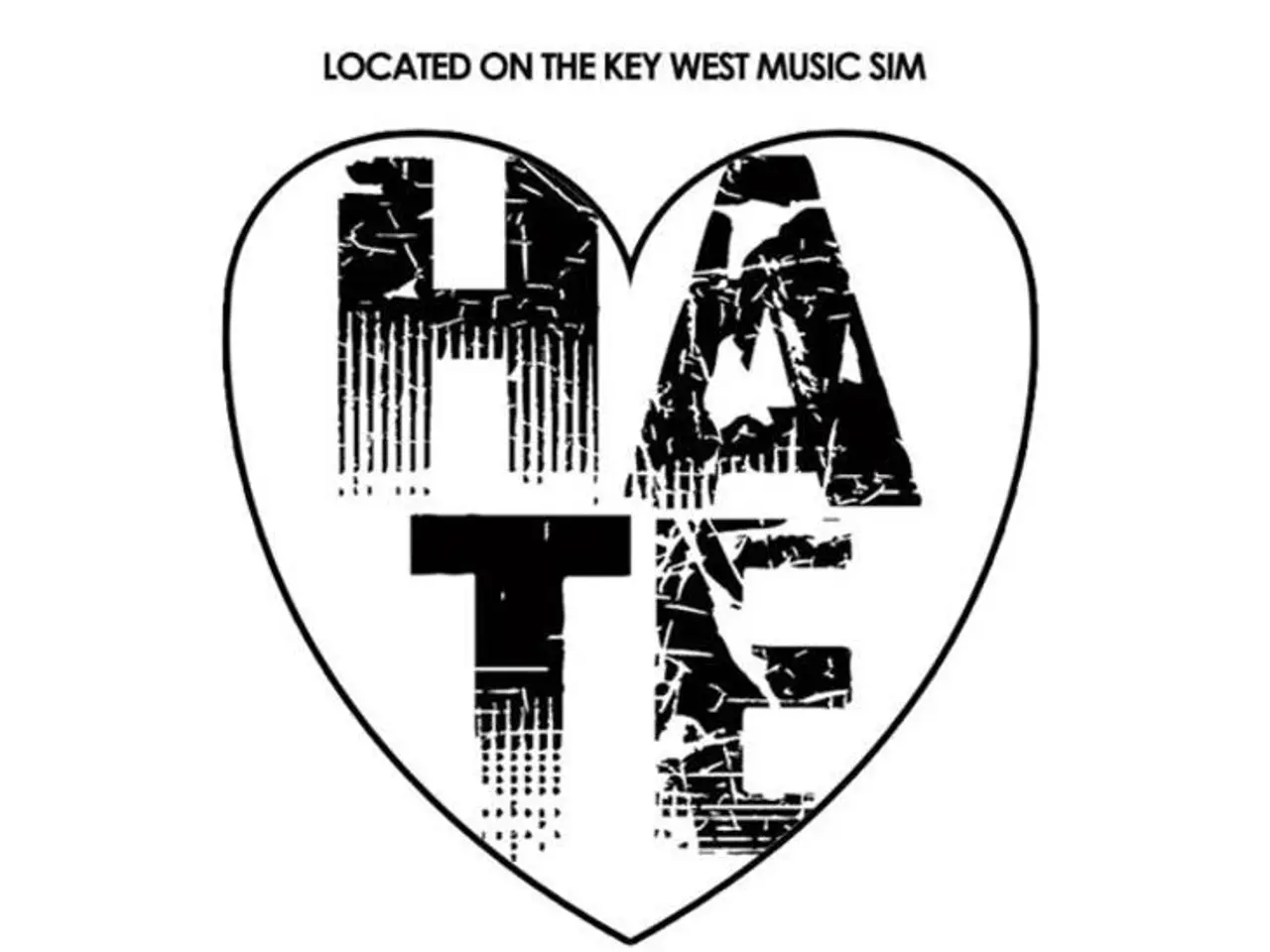Guidelines for Disarming Inner Bigotry
In today's society, it is not uncommon for families to unknowingly pass down internalized racism and colorist beliefs, rooted in harmful systems. These messages, intended to protect or support, can have a profound impact on individuals, leading to the acceptance of negative beliefs and stereotypes about one's own racial or ethnic group [1][5].
Recently, the release of the movie Black Panther served as a powerful example of positive representation, challenging years of self-doubt and feelings of inferiority. However, it is important to remember that internalized racism is not the individual's fault, but a response to living in a society built on systemic racism [3].
To begin unlearning harmful beliefs and reconnecting with one’s racial identity, individuals can embark on a conscious process of self-reflection and deconstruction, recognizing the origins of internalized prejudices and biases in structural racism rather than personal failings [2][4]. Engaging in education about the history and impact of racism, including understanding systemic and institutional dimensions, can also help contextualize personal experiences [2][3].
Seeking community connection and cultural affirmation is another crucial step in the healing process. By rebuilding pride and collective self-esteem in one’s racial/ethnic identity, individuals can counteract harmful daily messages and improve overall well-being. A 2018 study from New Zealand found that a strong sense of cultural identity in Māori youth was associated with better mental health [4].
Professional support from a culturally competent therapist can guide the journey to heal from internalized racism. Pursuing therapeutic or supportive interventions that address racial trauma and its psychological impacts, such as anxiety, shame, or PTSD-like symptoms, is essential in the healing process [5].
Actively challenging internalized negative narratives by celebrating one’s culture, achievements, and positive racial identity markers, and rejecting stereotypes, is also a vital part of the process. Healing isn't a linear process; it takes time, reflection, and support to cope with racism internally and externally [4].
Common signs of internalized racism include self-hatred or low self-esteem tied to racial identity, preference for Eurocentric beauty standards, distancing oneself from one’s own culture/language/community, feeling "not like the others" as a compliment, policing the behavior of others in your racial group, internalized colorism or anti-Blackness, and believing success means assimilation [1].
Recognizing these signs is the first step in stopping internalized racism. Exploring resources such as books, articles, videos, and podcasts on anti-racism and internalized racism can help in the journey of stopping these internalized thoughts. Finding support from a community of people who share similar experiences and struggles can also help overcome internalized racism [2].
Naming experiences of internalized racism gives individuals power to challenge harmful thoughts. Societal messages can exclude people of color, implying that they don't align with standards of professionalism or seriousness. Working in an environment that defines professionalism to align with white culture can make individuals feel that they have to distance themselves from their own identity to succeed [3].
It is essential to name the systems that have contributed to internalized racism, as it helps individuals understand that their struggles are not personal failures, but responses to generational and systemic injustices [2]. Healing isn't just about coping with the past; it's about taking action to create a more equitable future.
References:
- Sue, D. W., & Sue, D. (2015). Counseling the culturally diverse: Theory and practice. John Wiley & Sons.
- Chong, M. (2019). Internalized racism: A critical review of the literature on the psychological impact of racism on ethnic minorities. Journal of Social Issues, 75(2), 325-346.
- Solórzano, D. G., & Yosso, T. J. (2002). Critical race methodology: Counter-storytelling as an analytical framework for education research. Qualitative Inquiry, 8(1), 8-33.
- Cokley, T. R., & Cokley, T. (2017). The psychology of racism from the black perspective. Sage publications.
- Comas-Díaz, L. (2013). Multicultural counseling theory: A transformative approach. John Wiley & Sons.
A licensed therapist specialized in mental health can assist individuals in their journey to heal from internalized racism, as they guide the process by addressing racial trauma and its psychological impacts. Engaging in health-and-wellness practices, such as therapy, can help improve overall well-being and mental health, counterbalancing messages of self-doubt and negative racial beliefs.
Understanding the science behind racism, including its systemic and institutional dimensions, is essential in the process of self-reflection that allows one to deconstruct internalized prejudices and biases. This education helps individuals recognize the role of structural racism in the formation of these beliefs, rather than attributing them to personal failings.




